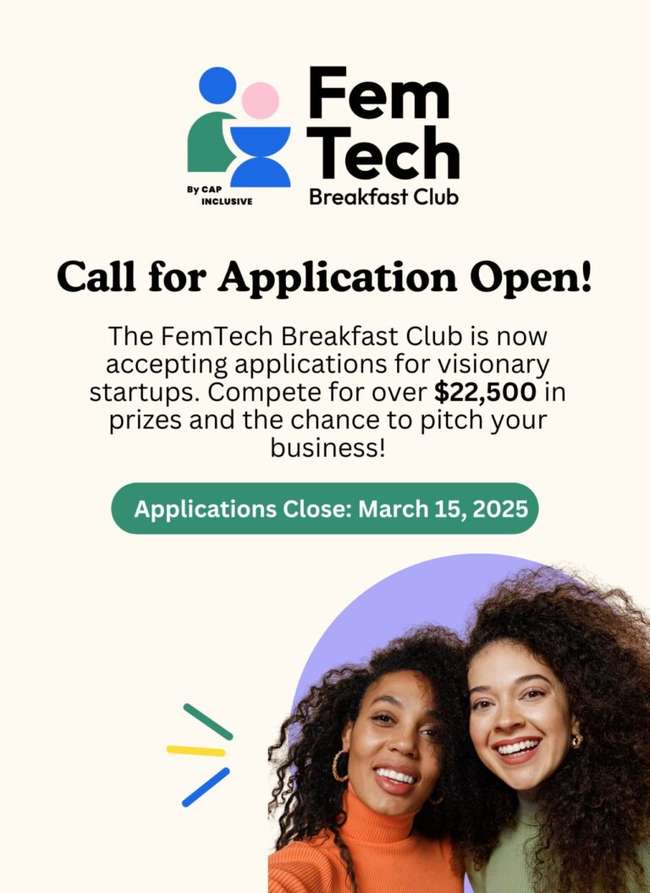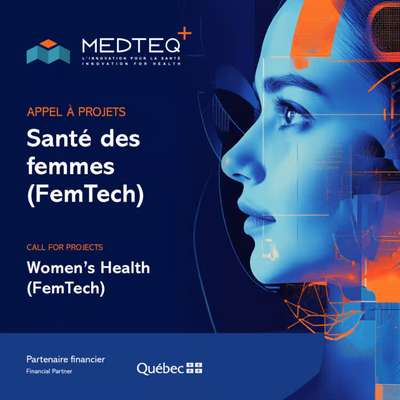Two Small Fish Ventures Thesis 2.0
Venture firms operate in many different ways. Many have a stage focus. Some have a sector focus. Some focus on a specific technology. On the other hand, Two Small Fish Ventures has always been thesis-driven. This has proven to be an effective filter and guidepost that helps both founders and TSFV find a mutual fit.
In the first few years of TSFV’s existence, we focused on writing the first institutional cheques to companies with strong network effects. This brought us many superstars like Ada, BenchSci, SkipTheDishes, etc.
Our thesis-driven approach enables us to focus our effort on a purposely small, top-tier portfolio of relevant and yet non-competing companies. We then leverage our team’s collective expertise to provide meaningful operational help for founders. This ultimately creates amazing outcomes for founders and all other stakeholders.
As technology trends evolve, so should our thesis. With recent technologies ushering in a new era of innovation, now is a good time to update our thesis. Moving forward, Two Small Fish Ventures will invest in early-stage products, platforms, and protocols that transform user behaviour and empower businesses and individuals to unlock new and impactful values. More precisely, we will invest in the next frontier of computing and its applications.
This is the first blog in a series of posts that will describe our approach to early-stage investing and why we believe it will create more superstars.
Learning from the past to understand the future
History tells us that for a particular transformative technology to achieve mass adoption, the technology needs to be simple, easy, or cheap to use. For instance, the PC revolution started in the early 80s but didn’t take off until the 90s when the easy-to-use graphical user interface replaced the text-based one. TCP/IP, the underlying protocol of the internet, was invented in the 80s but it was the web browser that popularized the internet. Similarly, smartphones were already available around the turn of the century, but it wasn’t until almost a decade later when the simplicity of the iPhone and low-cost Android phones brought global ubiquity. Lastly, the advent of social media drastically reduced the friction between content creation and consumption compared to the Yahoo! era.
In each of these cases, when the new transformative technologies achieved mass adoption, they changed behaviour, democratized access, and unlocked values that weren’t possible previously.
History is also telling us that the best time to invest is when a transformative technology is ready to take off but has not yet achieved mass adoption. These transformative technologies only come once or twice in a decade. At this moment, we are witnessing the confluence of three big technologies approaching this “mass adoption” inflection point.
Transformative Technologies Representing the Next Frontier in Computing
1 | Artificial Intelligence
We have been building and investing in AI products and companies for over a decade.
For almost a decade, Wattpad’s Story DNA technology analyzed multiple data points of audience engagement to uncover stories that would become books, TV shows, films, and other digital projects. The company also used machine learning, deep learning, and recurrent neural networks to categorize the billions of content uploads available on the platform.
AI has evolved from the early days of pattern recognition and prediction that’s been used by TSFV portfolio companies like BenchSci and Stratum AI to Generative AI that can create content through easy-to-use interfaces, such as natural language. Ada and Ideogram are examples of companies within our portfolio doing exactly this.
2 | Protocols
It’s been 15 years since blockchain was invented. While the first few mainstream blockchain applications - cryptocurrencies and NFTs - gained widespread awareness, the number of blockchain users - roughly 100 million recently - remains relatively small.
As issues are worked out - namely high costs (due to prohibitively expensive gas fees, for example) and accessibility - blockchain adoption will expand to other verticals. TSFV portfolio companies Horizon Blockchain Games and Story Protocol are helping lead this expansion.
3 | Semiconductor
Both AI and blockchain applications require an enormous amount of computing power that is orders of magnitude higher than previous generations of applications. This, in turn, creates a huge demand for products that increase and use computer power sustainably, like Zinite and Blumind, which is also in our portfolio.
Thesis 2.0
As you can see in the examples above, TSFV has already invested in companies leveraging these trends, but now we’re doubling down to focus almost exclusively on these areas.
That said, we will judiciously invest in other areas as long as we can find defensibility through web2-style network effects, like Printify and Beaubble have achieved, or through deep tech or other proprietary technologies like Poppy and Joyride have developed.
Also, although we primarily invest in “bits,” we will also invest in “bits and atoms” (e.g. Sheertex), but we won’t invest in “atoms only.” We also have a strong bias towards permissionless innovations, so we usually stay away from highly regulated or bureaucratic verticals with high inertia.
In summary, here is our revised thesis:
We invest in early-stage products, platforms, and protocols that transform user behaviour and empower businesses and individuals to unlock new and impactful values.
So, if you’ve built interesting tech, we can help you turn it into a product. If you have a product, we can help you turn it into a massively successful business. If this sounds like you, reach out . Together, we will change how the world operates.
---
Also read:
Software Once Ate The World Alone; Now, Software and Hardware Consume the Universe Together
The Next Data Centre: Your Phone
The post Two Small Fish Ventures Thesis 2.0 appeared first on Two Small Fish .
Full content in Two Small Fish





